What are the coffee beans in Oaxaca, Mexico? where are the best coffee beans in Mexico?
Professional coffee knowledge exchange more coffee bean information please follow the coffee workshop (Wechat official account cafe_style)
The latest information on coffee producing areas in Central America
In the first week of November 2020, Category 4 Hurricane ETA (later downgraded to a tropical storm) made landfall in Central America. ETA brought heavy rain with sustained winds of more than 60 miles per hour (about 95 kilometers per hour). According to Wikipedia, at least 235 people have died in the storm as of the time of the report, including about 150 in Guatemala, 41 in Honduras, 22 in Mexico, 17 in Panama, 2 in Nicaragua, 2 in Costa Rica and 1 in El Salvador, and many others are homeless. Under such circumstances, many farms are naturally not immune. Originally, the impact of COVID-19 's epidemic has not yet recovered, and the menacing Hurricane ETA must have made the already difficult situation even worse.
History of coffee cultivation in Mexico
Coffee arrived in Mexico very late. In the second half of the 18th century, Spanish immigrants brought coffee trees from Cuba and Dominica in the Caribbean, but it did not really grow coffee commercially until the 1790s, when Germans and Italians emigrated from Guatemala and Central and South America to Mexico, and Veracruz first appeared coffee plantations. Mexico has always maintained the tradition of small farmers. The agricultural reform after the Mexican revolution allowed aborigines and farmers to own small plots of agricultural land and be self-sufficient. The 1970s and 1980s were the golden age of Mexican coffee. In 1973, the Mexican National Coffee Institute (INMECAFE) was established to provide technical assistance to small farmers, loans, guaranteed acquisitions, and even in line with the international market. Coffee output increased, and even increased by 900% in some areas, which improved the social development of remote areas to a considerable extent.

Bananas and coffee are probably the most important economic products for other countries in the Caribbean and Central and South America, while Mexico is extremely rich in minerals. In Spanish colonial times, it was precious metals such as gold and silver, and in modern times, it was oil. Oil, industry and tourism are all far more important than coffee. Coffee growers in the south, mostly aborigines, are usually placed last, and it is the futures prices of London and New York that determine coffee prices on the world market. When the price of coffee is good, profits are monopolized by large multinational exporters, and when the price is not good, it is the farmers who suffer.
Coffee producing areas in Mexico
There is no way to grow coffee in the latitude and climate of the north, and coffee growing areas are all in the south. 90 per cent of Mexico's coffee comes from four southern provinces, Chiapas (35 per cent), Oaxaca (13 per cent), Puebla (15 per cent) and Veracruz (25 per cent). A total of nearly 500000 people are engaged in coffee cultivation, 70 per cent of whom are small farmers. Unlike Brazil, almost all coffee cultivation and processing rely on manual labor, and many coffees are organically cultivated. Mexico is one of the world's largest exporters of organic coffee, accounting for 60 per cent of global organic coffee production in 2000. Chiapas and Oaxaca, the two coffee provinces, are the poorest and most aboriginal areas in Mexico, with towering forests blocking traffic, different languages and races, and did not extricate the south from hardship after its colonial liberation from Spain. Mexico's best coffee producers are the Chiapas and Oaxaca regions in the south of the country.
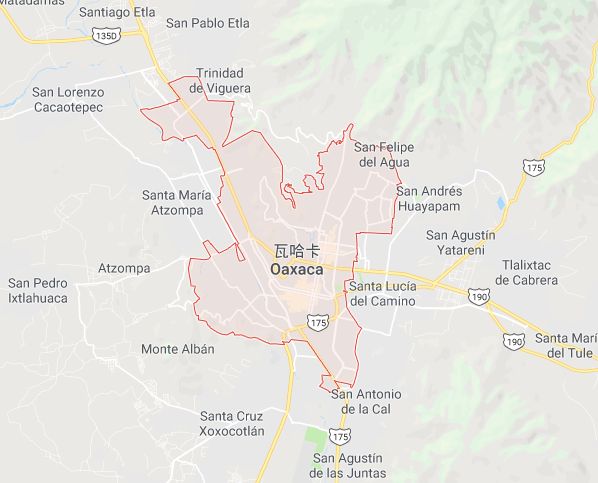
Oaxaca (Oaxaca) Coffee producing area: most farmers in the Oaxaca Oaxaca producing area own less than 2 hectares of land in this area and have several large cooperatives. There are also some larger estates, although some have developed diversified tourism. 900-1700m above sea level, from December to March, growing bourbon, iron pickup, Kaddura, elephant beans. At the same time, it also produces high-quality coffee beans, of which Plumakoyce Pluma Coixtepec coffee beans grown in natural conditions are the best, as well as Altura Orisaba Altura Orizaba coffee and Altura Vatusco Altura Huatusco coffee.
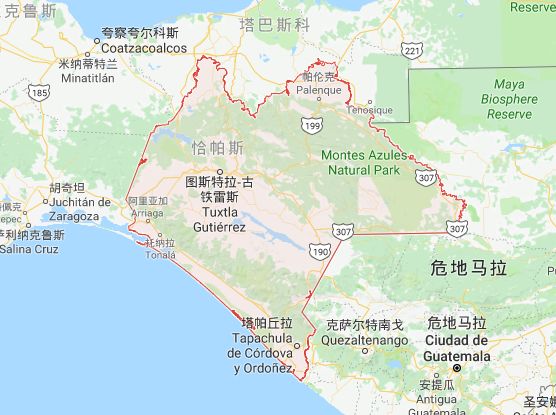
Chiapas (Chiapas): 1100m above sea level, Murray 1400m, harvest period from December to April. In the early 1990s, the southern state of Chiapas became the most important coffee-producing region in Mexico, producing about 275000 tons of coffee a year, accounting for 45 per cent of the country's production. More than 2 million of Mexicans depend on coffee for a living, and 75 per cent of Mexican coffee farmers work on less than two hectares of land. These small farmers produce about 30 per cent of the country's coffee each year, while the rest are produced by large or high-capacity farms. Qianjie recently acquired a decaf coffee from the producing area for roasting cup testing and brewing.
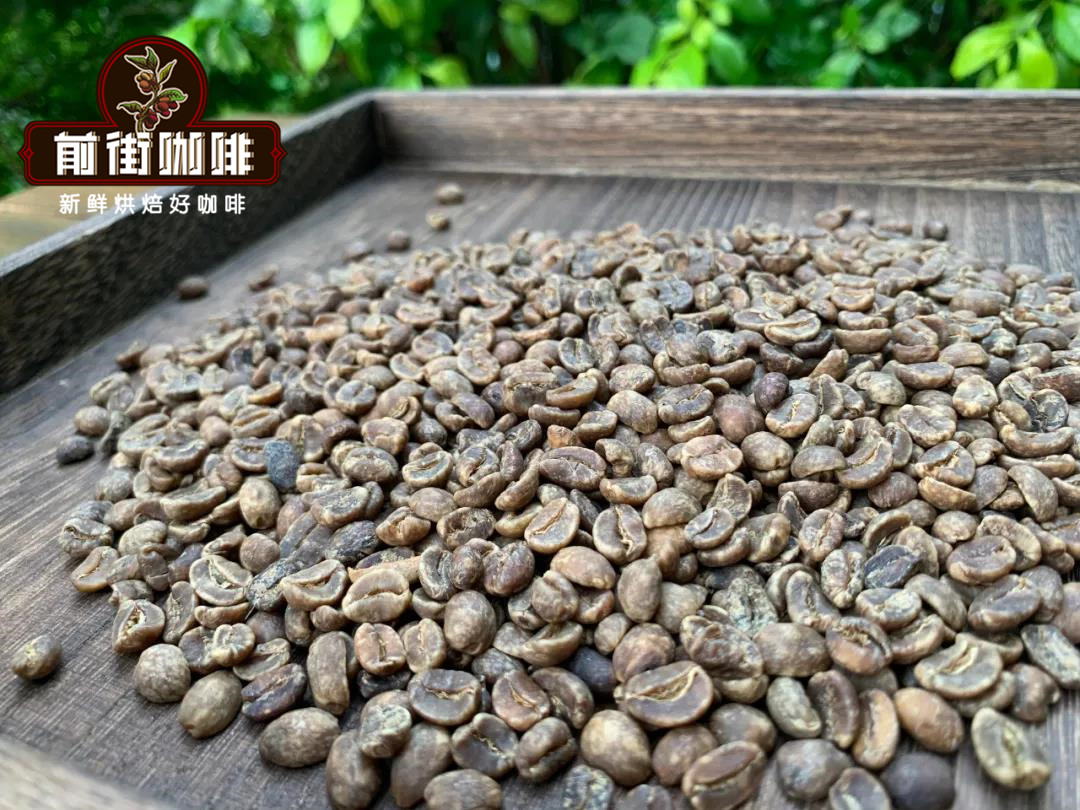
Front Street Coffee-Mexican Chiapas Swiss Water treatment of low-caffeine Coffee beans
Country of origin: Mexico, Mexico
Producing area: Chiapas Chiapas
Altitude: 900m-1500 m
Variety: bourbon, Kaddura, Tippika, Criollo
Treatment method: Swiss water treatment
The sub-coffee beans on the front street are produced by the GRAPOS Cooperative, a coffee production organization based in the southern Mexican state of Chiapas, which was founded in 2007 when there were only 90 coffee growers. By 2016, the cooperative had grown to 3253 coffee farmers, covering the Soconusco, Siltepec, Porvenir and Tapachula sub-areas of Chiapas. GRAPOS coffee planting area of about 5560 hectares, 900-1500m above sea level, mostly small farmers intensive cultivation, per capita planting area of 3 hectares.
The composition of coffee beans
This coffee bean is composed of bourbon, Kaddura, iron pickup and Criollo. Iron pickup and bourbon belong to the same ancient Arabica coffee. It is very popular for its rich acidity and excellent flavor quality. Kaddura is a single gene variant of bourbon. It was found in Brazil in 1937 that its production capacity and disease resistance were stronger than those of bourbon species, and the plants were shorter and easier to harvest. Unfortunately, it is the same as bourbon species that have periodic problems of production capacity fluctuation every two years. Cleo is a natural mutant of the iron pickup, which is commonly found in countries such as Peru, Bolivia, Colombia and Mexico. Some countries in Latin America that grow coffee also call the iron pickup "Criollo". Can be seen as Cleo is a localized tin pickup.
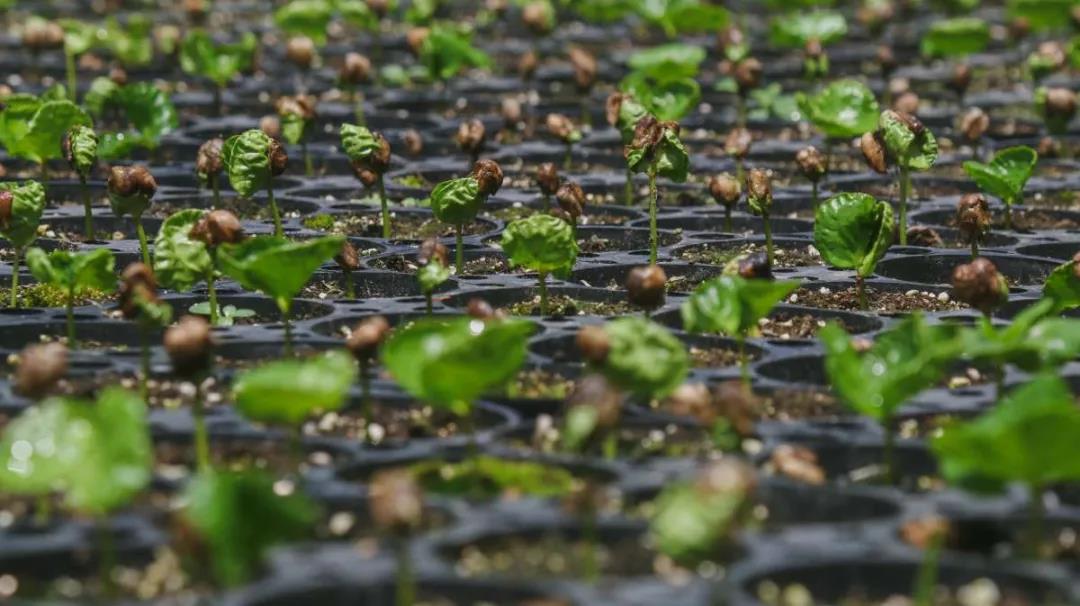
What is the Swiss low-cause treatment of water?
Swiss water treatment decaffeinated technology, this treatment will soak the raw coffee beans in hot water, the soaking stage has actually partially removed caffeine. The soaked solution is then filtered with activated carbon and finally poured back into the coffee beans. This series of steps effectively removes 99.9% of caffeine, and in addition to requiring no use of chemical solvents, the soaked solution can be reused in different batches of treatment procedures.
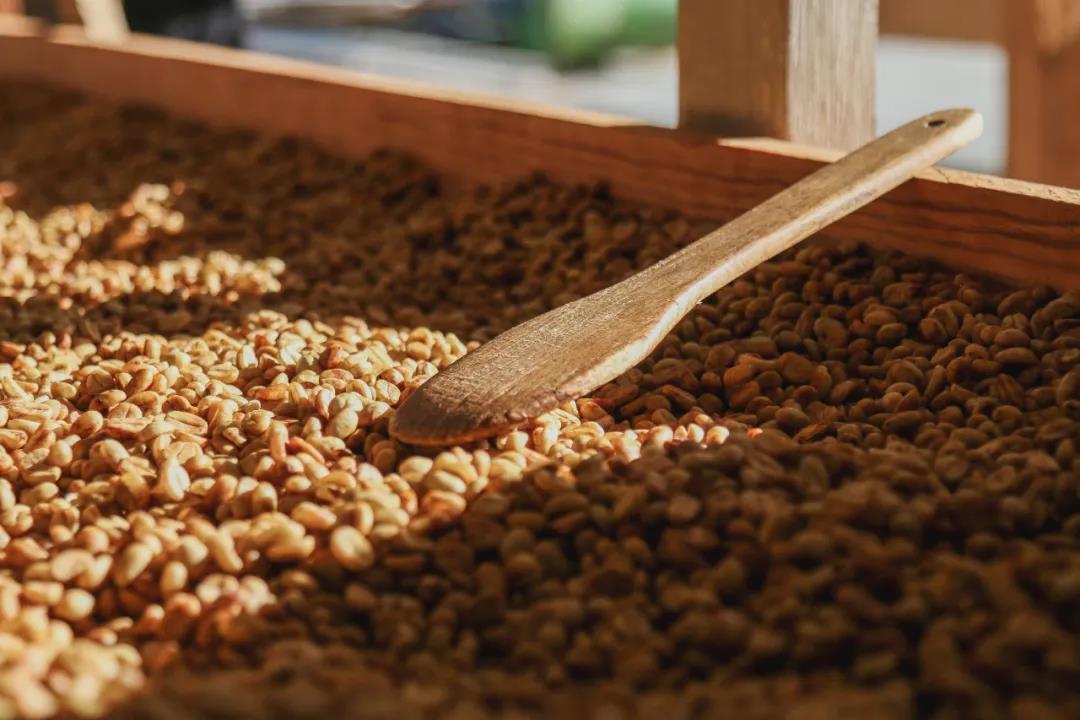
How does Qianjie coffee roast this decaf bean?
Furnace temperature preheated to 200 degrees, facilities dropped to 165 degrees into the pot, throttle opened 3, firepower adjustment 130, temperature recovery point 1: 32 ", maintain firepower, 6: 15" turned yellow, grass smell disappeared, entered the dehydration stage, firepower was reduced to 110, throttle opened to 4 degrees, and firepower was reduced to 90 again at 176 degrees. The surface produces wrinkles, the smell of toast changes to coffee, as a prelude to an explosion, when the firepower remains the same, the throttle opens to 5, and pay attention to the sound of the explosion. When it starts to explode at 9: 57, all the throttle doors are open. After an explosion, the development time was 2 hours, 39 percent, 30 minutes, and 196.4 ℃, respectively.
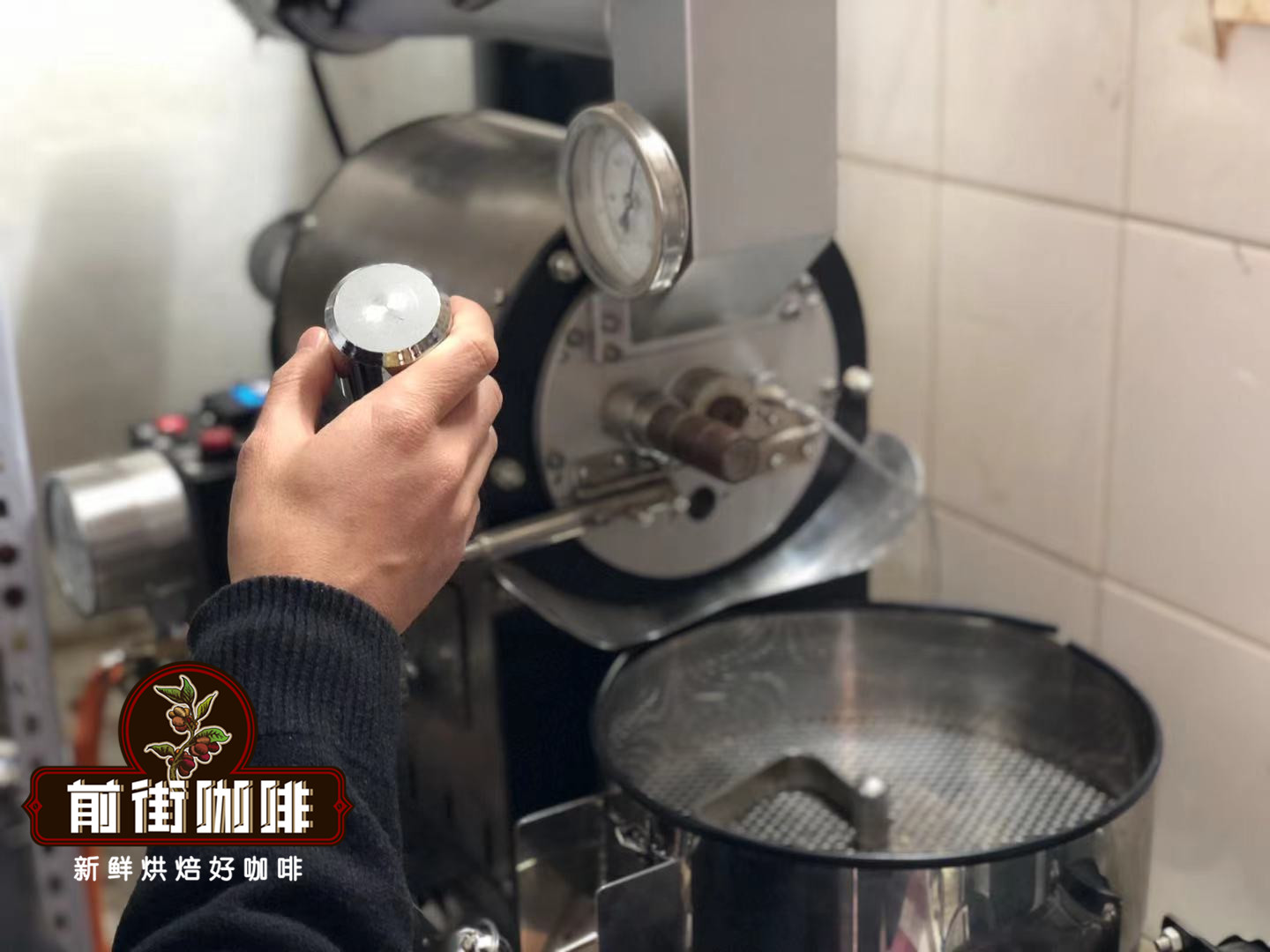
Coffee cup test report on Qianjie
Dried incense: roasted almonds
Shixiang: caramel
Flavor: dark chocolate, cream, nuts, citrus
Experience of brewing coffee in Qianjie
Filter cup: Kono filter cup
Water temperature: 88.8 ℃
Powder content: 15g
Powder / water ratio: 1:15
Degree of grinding: medium grinding (Chinese standard No. 20 screen pass rate 75%)
Cooking technique: three-stage extraction. Steaming with 30 grams of water for 30 seconds, small water injection around the circle to 125 grams for segments, when the water level is about to expose the powder bed, continue to inject water to 225 grams to stop water injection, and so on when the water level is about to expose the powder bed, remove the filter cup, the cooking time is 3 minutes and 10 seconds.
Cooking flavor: the entrance has dark chocolate aromas, the middle is nut cream, slightly cooled with citrus acidity, the overall mellow, smooth taste.
For more boutique coffee beans, please add private Qianjie coffee on Wechat. WeChat account: kaixinguoguo0925
Important Notice :
前街咖啡 FrontStreet Coffee has moved to new addredd:
FrontStreet Coffee Address: 315,Donghua East Road,GuangZhou
Tel:020 38364473
- Prev
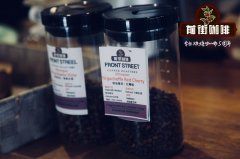
Where is the best coffee in Mexico? the Mexican coffee producing area Cortepe has its own taste and flavor.
Professional coffee knowledge exchange more coffee bean information please follow the coffee workshop (Wechat official account cafe_style) [Mexican Coffee] is a major coffee producing country in Central America, the coffee here is comfortable and fragrant, the best Mexican coffee is Coatepec, Huatusco, Orizaba, among which Coffee is
- Next
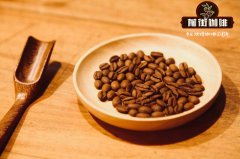
Is Nayarit coffee good in the coffee producing area of Mexico? Mexican coffee beans taste good.
Professional coffee knowledge exchange more coffee bean information please follow the coffee workshop (Wechat official account cafe_style) Mexico Mexico honey, walnut, almond, banana, cocoa, nuts, finish and taste light and smooth. Located in North America, with a diverse climate, the 14th largest country in the world and the fourth largest coffee producer, with an annual output of about 5 million bags of coffee
Related
- Does Rose Summer choose Blue, Green or Red? Detailed explanation of Rose Summer Coffee plots and Classification in Panamanian Jade Manor
- What is the difference between the origin, producing area, processing plant, cooperative and manor of coffee beans?
- How fine does the espresso powder fit? how to grind the espresso?
- Sca coffee roasting degree color card coffee roasting degree 8 roasting color values what do you mean?
- The practice of lattes: how to make lattes at home
- Introduction to Indonesian Fine Coffee beans-- Java Coffee producing area of Indonesian Arabica Coffee
- How much will the flavor of light and medium roasted rose summer be expressed? What baking level is rose summer suitable for?
- Introduction to the characteristics of washing, sun-drying or wet-planing coffee commonly used in Mantenin, Indonesia
- Price characteristics of Arabica Coffee Bean Starbucks introduction to Manning Coffee Bean Taste producing area Variety Manor
- What is the authentic Yega flavor? What are the flavor characteristics of the really excellent Yejasuffi coffee beans?

